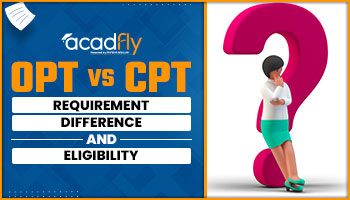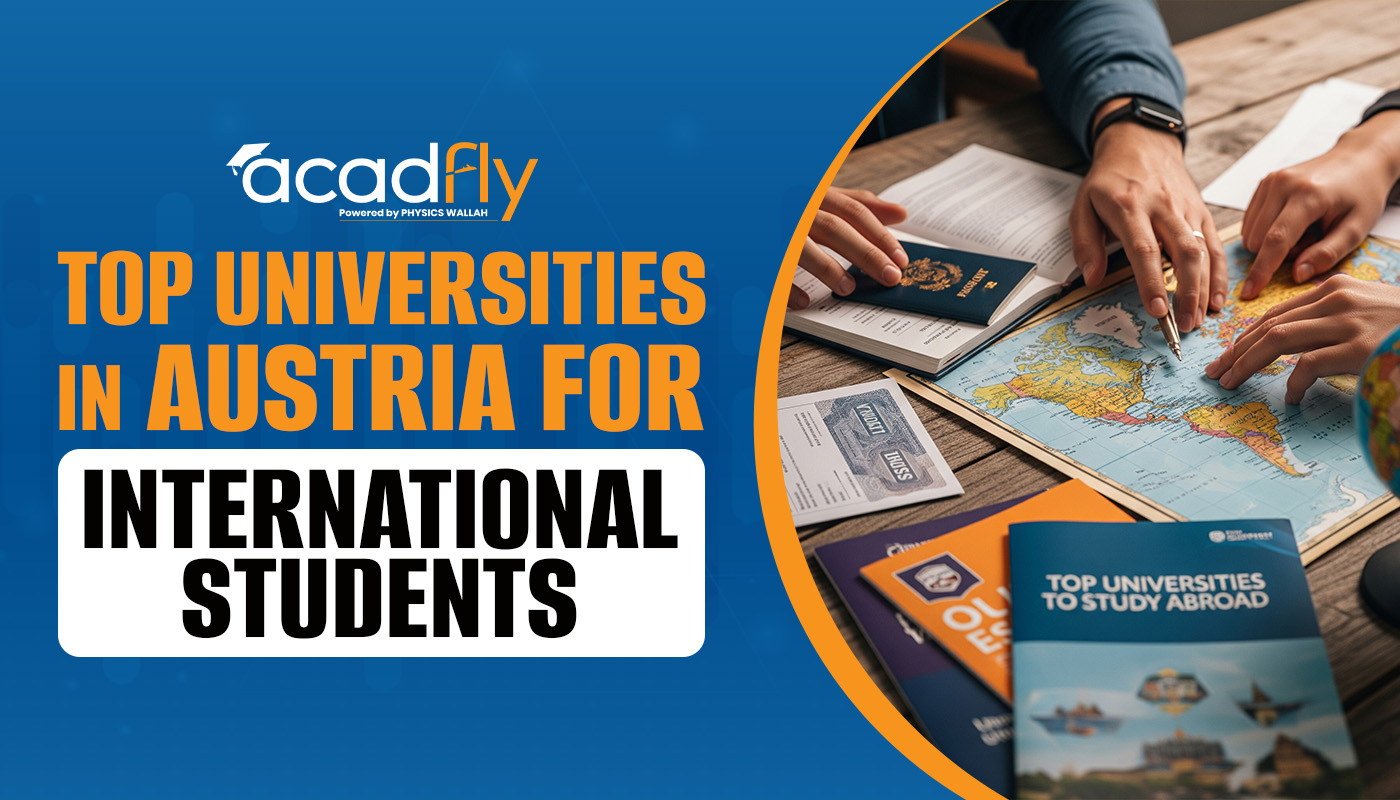

The realm of higher education is rapidly evolving, with new interdisciplinary programs emerging to meet the needs of a modern, interconnected world. One of the most exciting frontiers in this educational evolution is the fusion of art and technology. Art and Technology Fusion Programs represent a burgeoning field that combines creativity with technical prowess, paving the way for innovative careers and groundbreaking projects. In this article, we will explore what these programs entail, their benefits, notable institutions offering them, and career opportunities they unlock.
What Are Art and Technology Fusion Programs?
Art and Technology Fusion Programs integrate the principles of art with cutting-edge technology to create new forms of expression and problem-solving. These programs typically blend artistic disciplines—such as visual arts, design, and multimedia—with technological skills including programming, digital media, and interactive design. The goal is to equip students with a unique skill set that bridges the gap between artistic vision and technical execution.
Key Components of Art and Technology Fusion Programs
1. Interdisciplinary Curriculum: These programs are designed to provide a comprehensive understanding of both artistic and technological concepts. Courses may cover areas such as digital media production, interactive design, computer graphics, and animation. Students learn to use technology as a medium for creative expression, while also developing a deep appreciation for the artistic process.
2. Hands-On Projects: Practical experience is a cornerstone of these programs. Students often engage in hands-on projects that require them to apply their skills in real-world scenarios. This might include creating interactive installations, developing virtual reality experiences, or designing digital artworks. These projects help students build a portfolio that showcases their ability to integrate art and technology.
3. Collaborative Opportunities: Many programs emphasize collaboration between students from different disciplines. This approach mirrors the real-world environments where artists and technologists often work together. Collaborative projects encourage students to learn from each other, refine their skills, and develop a well-rounded approach to problem-solving.
4. Industry Connections: Art and Technology Fusion Programs often feature partnerships with industry leaders and organizations. These connections can provide students with valuable networking opportunities, internships, and insights into current trends and technologies. Guest lectures, workshops, and industry-sponsored projects are common features that enhance the learning experience.
Benefits of Pursuing Art and Technology Fusion Programs
1. Unique Skill Set: Graduates of these programs possess a rare combination of skills that are highly sought after in various industries. They can seamlessly blend artistic creativity with technological expertise, making them valuable assets in fields such as digital media, entertainment, and interactive design.
2. Innovative Career Opportunities: The fusion of art and technology opens doors to a wide range of career paths. Graduates can work as multimedia artists, interactive designers, virtual reality developers, or creative technologists. The ability to innovate and adapt to new technologies is crucial in these roles, making the skills acquired in these programs highly transferable.
3. Enhanced Creative Expression: The integration of technology into the creative process allows for new forms of artistic expression. Students learn to use digital tools and platforms to bring their ideas to life in ways that were previously unimaginable. This enhanced creative potential can lead to groundbreaking projects and a greater impact in the art world.
4. Competitive Advantage: As technology continues to evolve, the demand for professionals who can navigate both artistic and technical domains is growing. Graduates of Art and Technology Fusion Programs are well-positioned to stand out in a competitive job market, leveraging their diverse skill set to attract potential employers.
Notable Institutions Offering Art and Technology Fusion Programs
1. New York University (NYU) - Tisch School of the Arts: NYU’s Interactive Telecommunications Program (ITP) is renowned for its emphasis on the intersection of art and technology. The program encourages experimentation with digital media and provides students with the tools to create innovative projects.
2. University of California, Los Angeles (UCLA) - School of the Arts and Architecture: UCLA offers a Media Arts Practice program that combines artistic practice with media technology. The program focuses on interdisciplinary collaboration and encourages students to explore new media forms and technologies.
3. Rhode Island School of Design (RISD): RISD’s Digital + Media program integrates art and technology, emphasizing experimental approaches to digital media. Students engage in projects that explore the relationship between art, technology, and society.
4. Royal College of Art (RCA), London: RCA’s Information Experience Design program is designed for students interested in designing interactive experiences. The program combines art, technology, and user experience design to create impactful and innovative solutions.
5. Parsons School of Design: Parsons offers a range of programs that fuse art and technology, including the Design and Technology program. Students explore how design and technology intersect to solve contemporary challenges and create compelling digital experiences.
Career Opportunities for Graduates
Graduates of Art and Technology Fusion Programs are equipped to pursue a variety of career paths, including:
-
Multimedia Artist: Creating visual and interactive content for digital platforms, including video games, websites, and virtual reality experiences.
-
Interactive Designer: Designing user interfaces and interactive experiences for applications, websites, and other digital products.
-
Creative Technologist: Leveraging technology to create innovative solutions and experiences in fields such as advertising, entertainment, and art installations.
-
Virtual Reality Developer: Developing immersive virtual environments and experiences for various applications, including gaming, education, and training.
-
Digital Media Specialist: Producing and managing digital content across various platforms, including social media, video, and multimedia.
Conclusion
Art and Technology Fusion Programs represent a dynamic and innovative approach to higher education, blending creativity with technical expertise to prepare students for the future. By offering interdisciplinary curricula, hands-on experience, and industry connections, these programs equip graduates with the skills needed to excel in a wide range of careers. Whether you're interested in creating interactive digital experiences, developing virtual reality environments, or exploring new forms of artistic expression, Art and Technology Fusion Programs provide the foundation for a successful and fulfilling career in the modern world.
FAQs
1. What are Art and Technology Fusion Programs?
Art and Technology Fusion Programs combine artistic disciplines with technological skills to create innovative solutions and projects. They integrate art with technology to provide a unique skill set for creative and technical professions.
2. What skills will I gain from an Art and Technology Fusion Program?
Students will gain skills in digital media production, interactive design, computer graphics, animation, and programming. They will also develop a strong understanding of how to use technology for creative expression and problem-solving.
3. What career opportunities are available for graduates?
Graduates can pursue careers as multimedia artists, interactive designers, creative technologists, virtual reality developers, and digital media specialists. These roles are found in industries such as digital media, entertainment, and interactive design.
4. Which institutions offer top Art and Technology Fusion Programs?
Notable institutions include New York University (Tisch School of the Arts), University of California, Los Angeles (School of the Arts and Architecture), Rhode Island School of Design, Royal College of Art (London), and Parsons School of Design.
5. How do these programs prepare students for the industry?
These programs often feature hands-on projects, collaborative opportunities, and industry connections. Students gain practical experience through real-world projects and internships, and they have opportunities to network with industry professionals.
6. What are the benefits of pursuing an Art and Technology Fusion Program?
Benefits include acquiring a unique skill set that combines art and technology, access to innovative career opportunities, enhanced creative expression, and a competitive advantage in the job market.
Frequently Asked Questions









